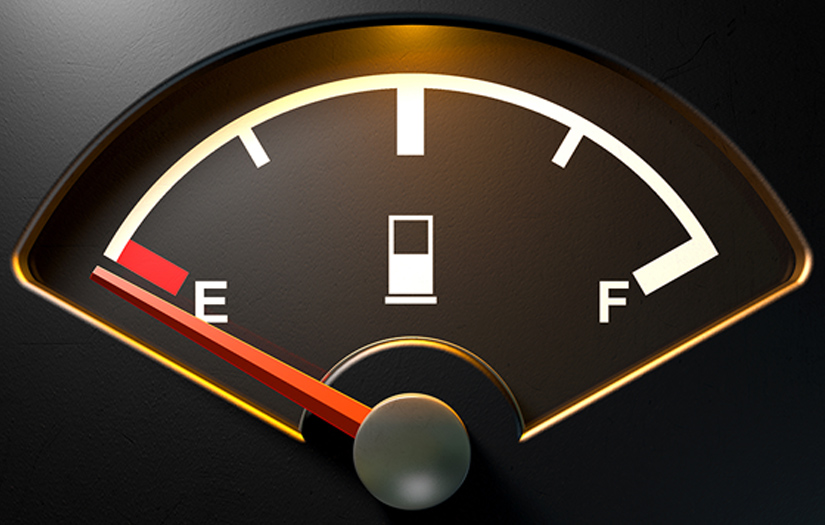
It may sound ghostly if you think of coolant loss, no visible leak. Losing Coolant But No Leak: Where Is My Coolant Going? Otherwise, you risk causing costly engine damage. However, because having enough coolant in your engine is critical for its performance, make it a point to determine what is causing these symptoms. Keep in mind that, while the symptoms listed above may indicate coolant leakage, they might also signal other vehicle problems. Keep an eye out for any changes in your engine’s behavior, since this might aid in troubleshooting. If your engine is running hotter than usual, or if you observe a sudden decline in fuel economy, this might be an indication of coolant leakage. Engine performance that is out of the ordinary Keep an eye out for excessive white smoke coming from your exhaust, particularly while starting your car or accelerating. White smoke is produced when coolant escapes into the combustion chamber. White smoke coming from your exhaust is another sign of coolant loss. Check your coolant levels on a regular basis and fill up as needed until you find and correct the cause of the leak. If your coolant reservoir is empty or the coolant level continues to drop after being topped off, you may safely conclude that your car is losing coolant. Here are some early symptoms of your car losing coolant you should keep a close eye for. Mechanical failures in the cooling system are one of the main reasons cars break down on the highways. Losing Coolant But No Leak: What Are The SymptomsĬoolant, also known as radiator fluid and antifreeze, is vital for the hydration of the cooling system and the vehicle.


So what should you do when coolant disappearing from reservoir without leaving any trace? Let’s follow with Car From Japan right now. However, a car could be losing coolant but no leak. Generally, there should be a leak somewhat if the vehicle is losing a high amount of antifreeze. Monitoring its level and condition is a part of the regular maintenance of the vehicle.


 0 kommentar(er)
0 kommentar(er)
